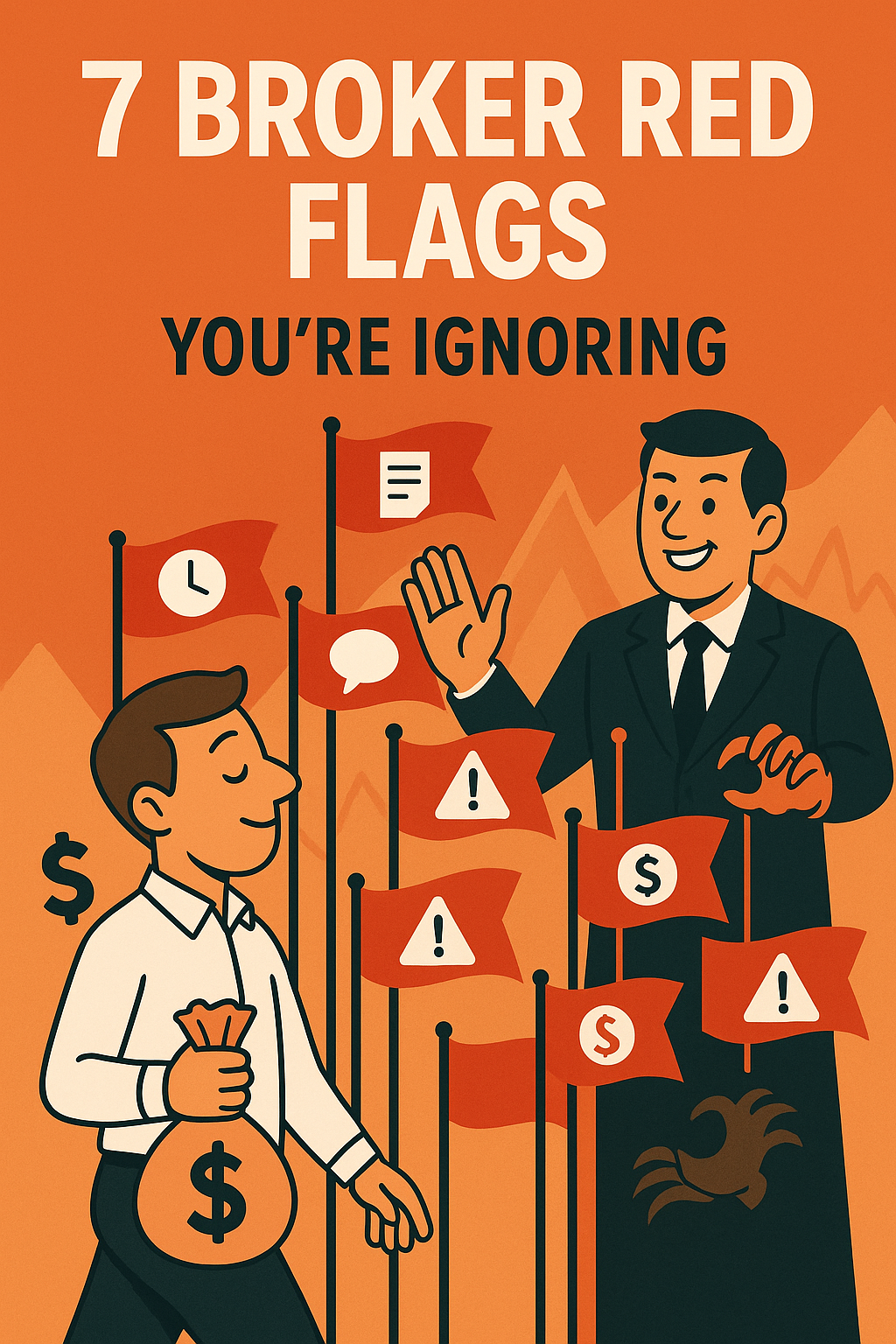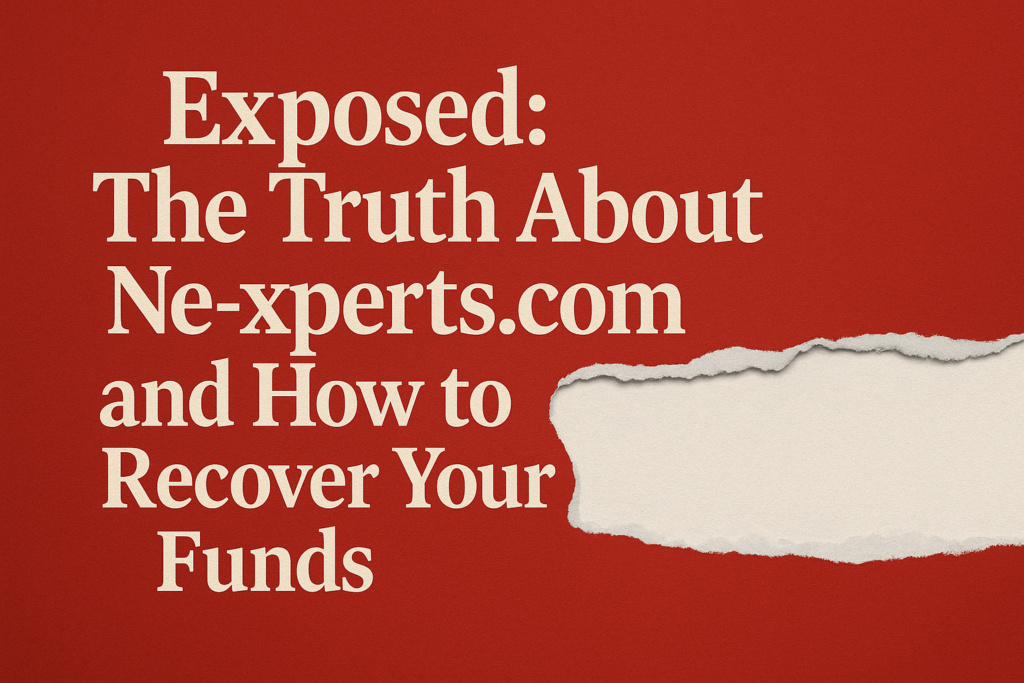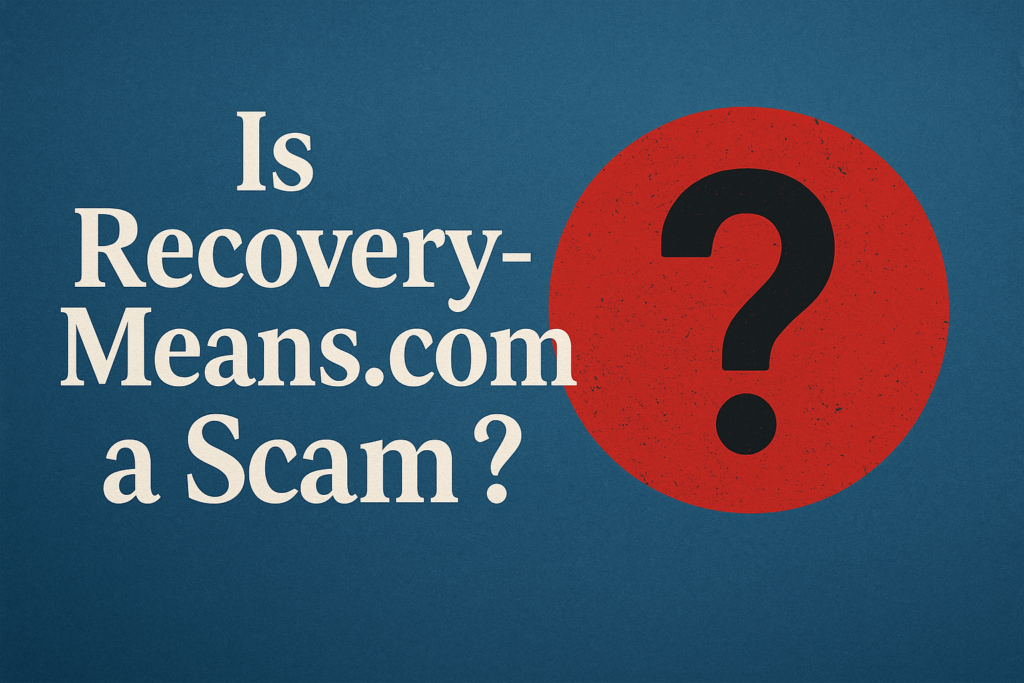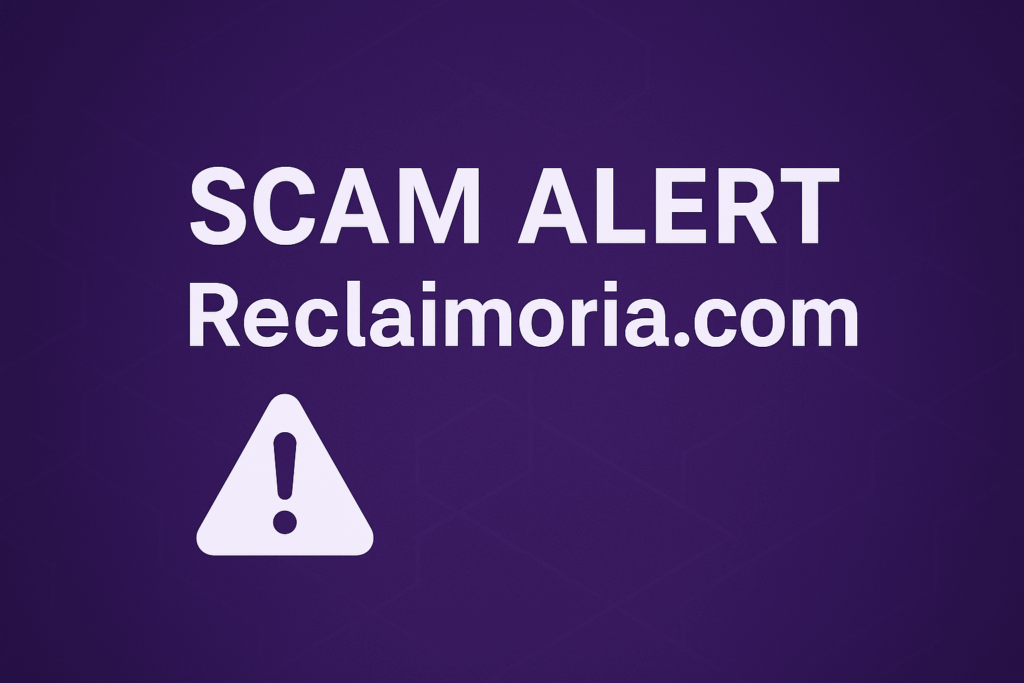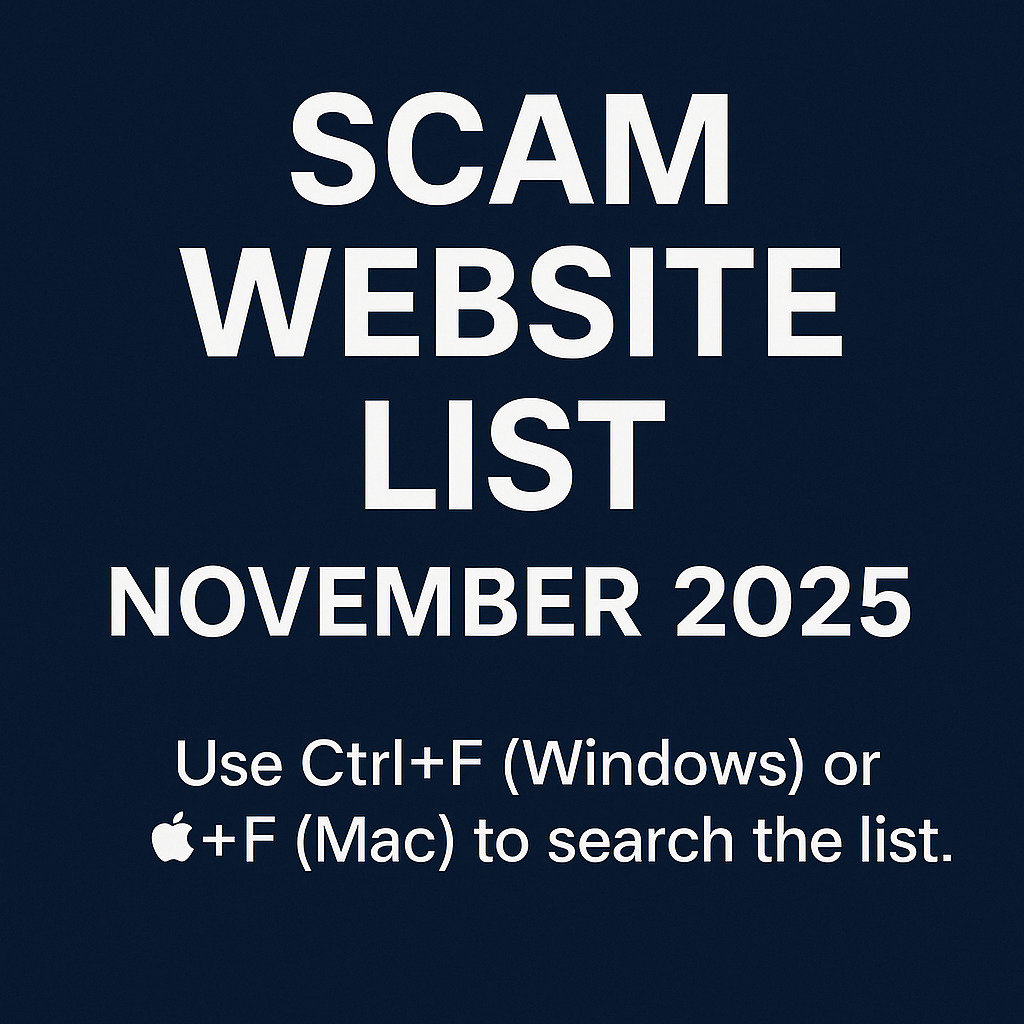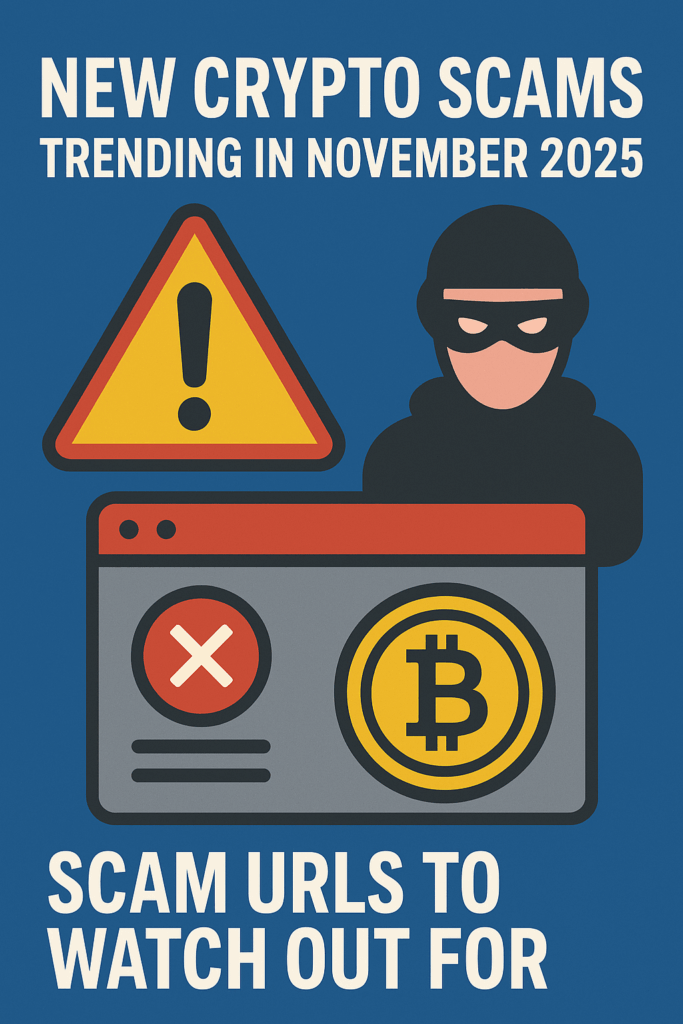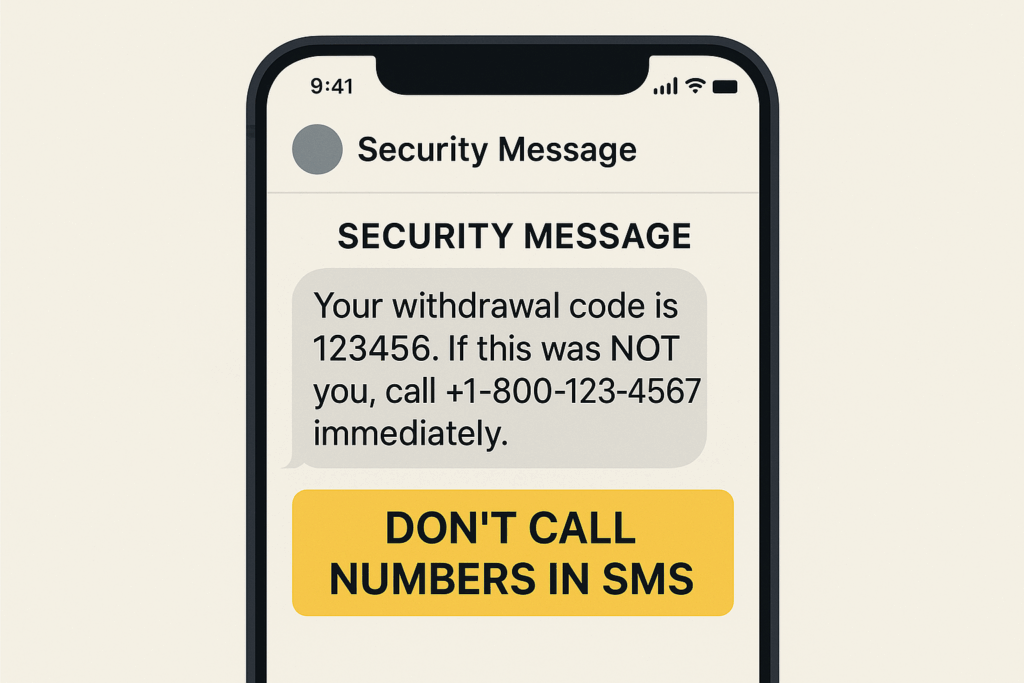Broker scams continue to deceive investors by promising lucrative returns and seemingly credible services. Recognizing the red flags early can prevent significant financial losses. According to the FBI’s 2023 Internet Crime Report, victims often overlook key warning signs. This guide clearly outlines these critical red flags with practical examples and tips on how to protect yourself.
7 Major Broker Scam Red Flags to Watch Out For
1. Guaranteed or Unrealistically High Returns
Legitimate brokers never guarantee returns. Promises like “Earn 20% monthly guaranteed!” are classic signs of scams.
Example: A broker claims you will double your investment in a month without risk.
2. Pressure Tactics to Invest Quickly
Scammers use urgency, such as limited-time offers, to pressure quick deposits.
Example: “Offer expires in 24 hours—Deposit now to secure your spot!”
3. Lack of Proper Regulation or Licensing
Always verify brokers through regulatory databases:
Example: Broker claims FCA regulation but doesn’t appear on the FCA database.
4. Refusal or Difficulty in Processing Withdrawals
Delays, excuses, or outright refusal of withdrawals are significant scam indicators.
Example: Broker continuously asks for additional deposits as a “withdrawal fee” without releasing funds.
5. Poorly Designed or Recently Created Websites
Fraudulent brokers frequently use websites quickly set up or recently registered. Verify the domain age using WHOIS.
Example: Website created within the past three months with no clear contact information.
6. Fake or Manipulated Trading Platforms
Scammers use cloned or manipulated trading platforms showing fake profits.
Example: Your trading account suddenly shows unusually high profits that don’t match real market data.
7. Unsolicited Offers and Cold Calls
Legitimate investment firms rarely make unsolicited contact with investment offers.
Example: You receive persistent, unsolicited phone calls or emails urging you to invest.
What Should You Do if You Spot These Red Flags?
- Immediately cease communication with suspicious brokers.
- Document interactions, transactions, and promises.
- Verify the broker’s regulatory status through official databases.
- Report suspicious brokers to regulatory authorities:
- Initiate a chargeback immediately if you’ve deposited funds.
Frequently Asked Questions (FAQs)
Are offshore brokers always scams?
No, not all offshore brokers are scams, but caution is necessary. Always verify their regulatory status and reputation thoroughly.
Can I trust brokers recommended by social media influencers?
Always independently verify broker credentials. Influencers can unknowingly promote scams or receive payments from fraudulent brokers.
How can I quickly verify broker legitimacy?
Use regulator websites like FCA, FINRA, or ASIC to quickly confirm if a broker is licensed and regulated.
Is aggressive marketing a sure sign of a scam?
Aggressive marketing alone isn’t always fraudulent, but combined with other red flags, it’s a significant indicator of scams.
What should I do if I’ve already invested money with a suspicious broker?
Immediately initiate a chargeback, report to authorities, document everything, and consider professional recovery assistance.
Additional Resources and Tools
- FCA ScamSmart Tool
- FINRA Scam Awareness Guide
- ASIC Scam Awareness
Real-Life Example: Recognizing a Broker Scam Early
A Cyberclaims.net client avoided losing $25,000 by recognizing early red flags such as high-pressure sales tactics and lack of clear regulatory status. Prompt verification and intervention saved significant losses.
Worried You Might Be Dealing with a Scam Broker?
For immediate professional advice and support, contact Cyberclaims.net. Let our experienced team help you recover or protect your funds today.
